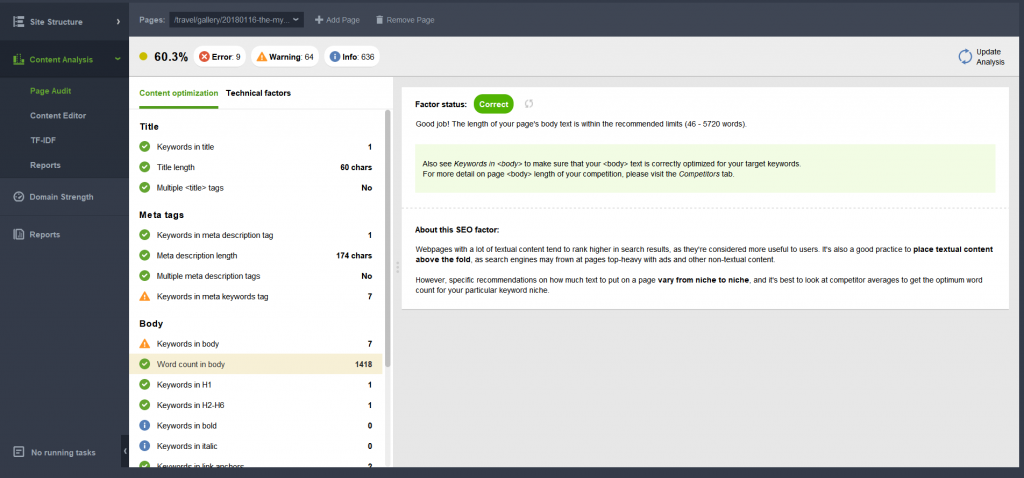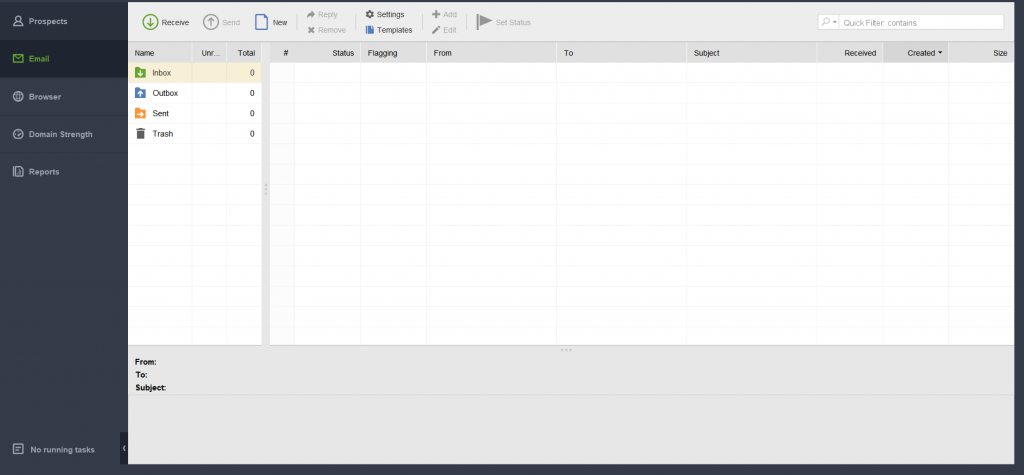SEO Powersuite Review Part 2: WebSite Auditor and LinkAssistant
SEO Powersuite is one of the most versatile SEO tools in the market, with four different tools that allow you to devise your own successful SEO strategies. In our previous article, we have reviewed the Rank Tracker and SEO Spyglass, and saw a good amount of positives that make SEO much more effective.
The first two tools gave us a good impression on what SEO Powersuite can provide, which makes us very excited to see what the next two tools would provide. Let us take a look at the next pair of tools and see how they perform. Before we begin, you can try the tools out for yourself and register your account for free.
WebSite Auditor
The first of the second pair is the WebSite Auditor, which allows you to be able to analyze links within a website and look through each resource. We have experience using these kinds of tools, as Woorank and Google Lighthouse are the other audit tools that we have tried out.
To get started, all you have to do is to start a new project and enter the URL of the website that you want to audit. Depending on the number of pages and links, it can take a while for the tool to thoroughly assess.
Once it has been done, you can take a look at the Site Structure, which breaks down each part of the website audit into parts that would help you understand and assess much more efficiently. The Site Audit section provides you with an overview of the important parts of your website and assesses elements such as mobile-friendliness, indexing, redirect links, images, and URLs.
This section works like a standard website auditing tool and provides an instant look into website issues that you might need to resolve. For example, clicking the Broken Links section allows me to take a look at these links to see for myself which of these links are not working, allowing me to be able to update them.
The next section is Visualization, which provides you with an interactive map of all of the links within your website. This allows you to see which pages are interconnected to each other and track down specific links that you want to work on. While it may look like a fancy feature at a glance, this is pretty helpful, as you can instantly see connected links much better, and have a better idea on how each web page is connected to one another.
Pages are the section where you would be able to view each web page and view details such as the number of links, links from the page, tags, and word count. This comes in handy when it comes to checking individual pages, like blogs, and see if they contain the right links and amount of words to generate traffic.
The next section is the All Resources, which allows you to see all of your website resources and take a look at some of the links that can be found on other pages. This is a more organized list of links, which makes tracking them down and splitting them into categories a much easier task.
Page Audit is a section that works in a similar way to Website Audit, except in single page form. This works well when taking a look at pages that are performing well, along with ones that aren’t, as you can see if there are any issues that need to be resolved.
Content Editor allows you to be able to edit parts of your web page directly, allowing for more quick edits when needed. This comes in handy for typographical errors or adding or removing entries requested by a client.
TF-IDF is a section where you can view keywords from various pages. This allows you to see which web pages are using competitive keywords, which aids your keyword research strategy to an extent.
Finally, the Reports button allows you to compress all of these sections into one single report that can be printed and sent to your team or clients. A reports feature is a staple in most SEO tools, and Website Auditor provides a detailed and concise set of data easy to view and understand.
LinkAssistant
LinkAssistant is a prospect finding tool in a vein similar to Prospect.io and allows you to analyze web pages to look for possible leads and contacts. The Prospects section allows you to search for prospect email addresses within web pages. This is very effective, as our team tends to do this manually, which takes more time than it should.
This feature allows us to execute this process much quicker, as it helps us look for contacts that we might overlook, expanding our contacts list much better.
Emails allow you to send in emails to your contacts instantly, which means you would not have to switch browsers when sending in emails to your prospects. This also makes looking for prospect emails much easier, as you would no longer have to filter them out in your work account.
The Browser section allows you to harvest URLs within a single web page and look for prospects. This makes the process of looking through web pages for contacts a much better experience, and almost guarantees that we would be able to find contacts.
Overall, this might be the simplest of the four tools, but it certainly is one of the most effective, as it enables us to look for more people that might be interested with working for us and build business connections that enable more growth.
Verdict
The second pair of SEO Powersuite tools is surely very effective and useful, just as the previously-reviewed tools were. The ability to be able to analyze websites and provide quick fixes and assessments, along with being able to find more prospects in a more efficient fashion makes these set of tools a must-have.
Key Takeaway
SEO Powersuite is truly a wonderful SEO tool package, as you have four effective tools that provide a diverse variety of functions. From keyword research to searching for prospects, this is truly one of the more versatile SEO tools around, and definitely a fitting addition to anyone’s toolbox.
If you have questions and inquiries about SEO tools and SEO in general, leave a comment below and let’s talk.











